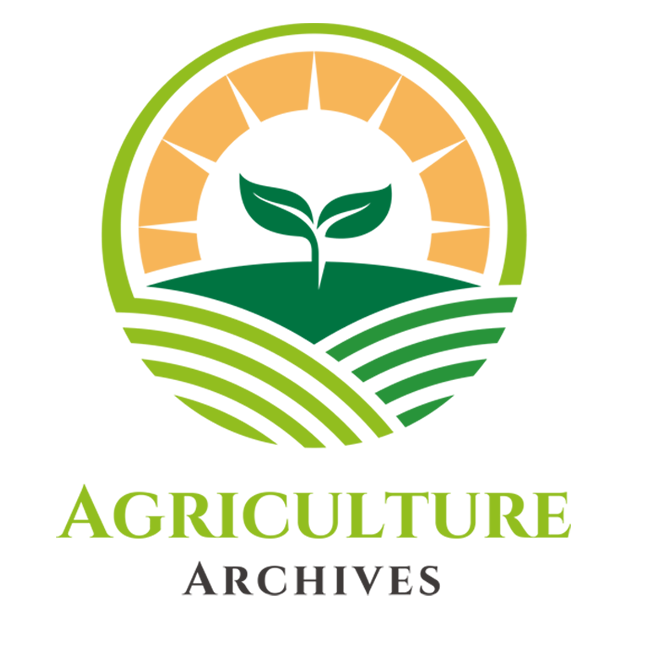The study was conducted in twenty farmers field selected at Guto Gida, Sasiga and Diga districts of Eastern Wollega Zone, Ethiopia. The objective were to assess the current status of termite damage on maize (Zea mays L.) and identify suitable and sustainable indigenous methods
adopted by resource farmers for termite control. Field evaluation made the three kebeles in Gadisa oda, oda Gudina and Arjo Gote Bula to determine termite percent incidence damaged furthermore Semi-structured questionnaires were administered to 25 farmers in each of the selected kebeles who practiced indigenous termite control methods. Major biotic constraints of maize production in the study areas about 85% of the respondent declared that termite is the number one biotic constraint of maize production, feed shortage of livestock and decline in soil fertility. In the study area 89% farmers not used chemical for termite control. While, Five indigenous termite prevention and control methods were identified:- (i) dusting ashes around houses, (ii) smoking mounds using peppers pods or eucalyptus trees leaves, (iii) hoe weeding practice and (iv) density planting (sowing) were found to be the most effective method of termite control in the area. From the current study it can be concluded that termite is major problem limiting the production of maize in the Guto Gida, Sasiga and Diga districts in East the Wollega zone which as a the result call for designing sound integrated management for termite control in that part of the country and similar area.
